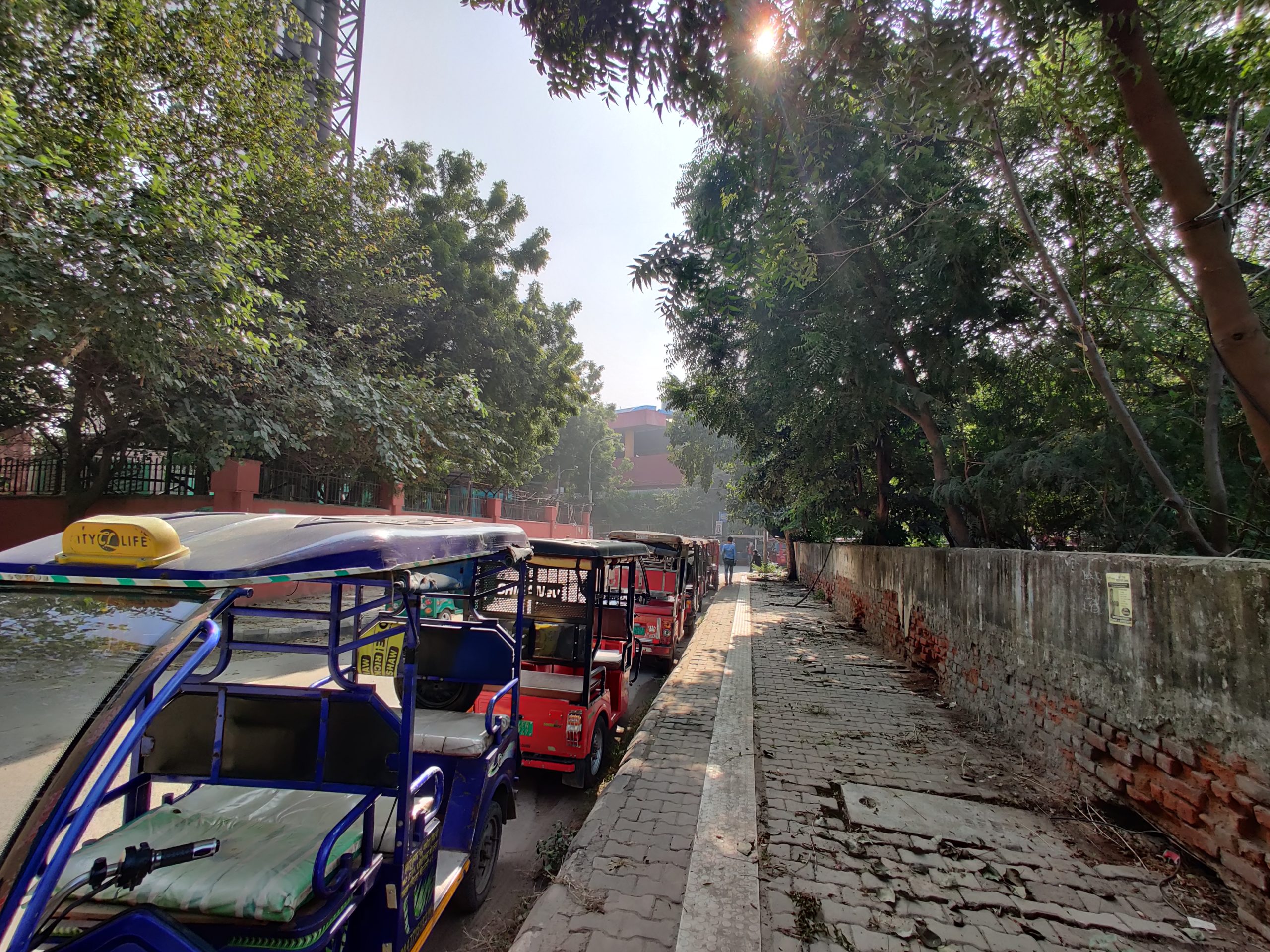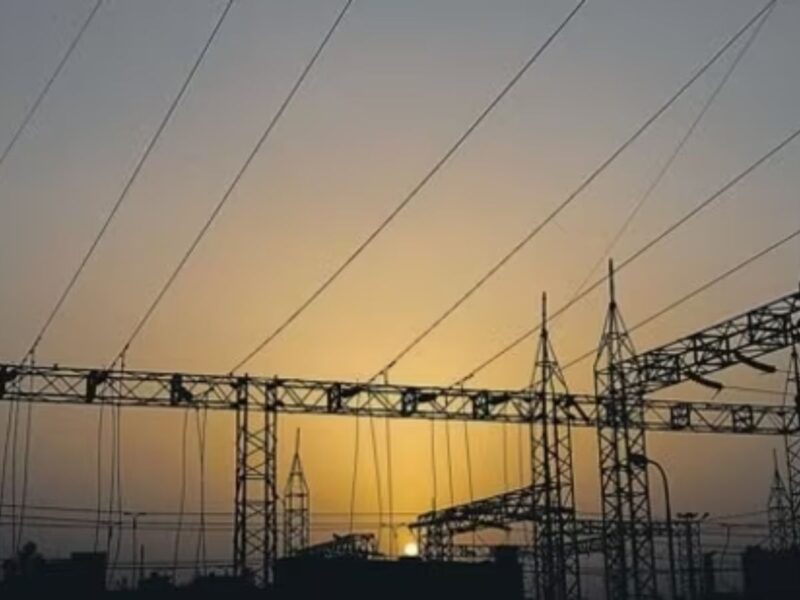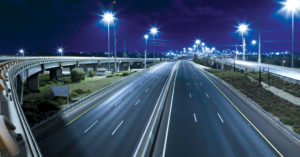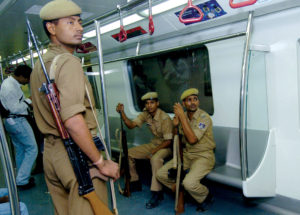E-rickshaw drivers in the capital face a difficult time, balancing expenses while continuing to operate with high running costs, made no easier by delay in government promised subsidies
Even as the Delhi government continues to push for greener modes of travel, e-rickshaw drivers who form an important part of the public transport, ferrying people to and from metro stations, continue to struggle under the double pressure of high running costs and little help from authorities.
Shyamu, one such e-rickshaw driver, has been riding an e-rickshaw for around a decade now. Earlier he used to work as a painter but switched to an e-rickshaw as he thought it would pay well. Talking about the high running costs of an e-rickshaw he says that “the batteries on which the rickshaw runs cost Rs 25000 and it needs replacing every six months”.
“Now, since we earn only around Rs 12,000-15000 a month we are never in a position to buy the battery in a single payment. Hence we get it on EMIs, so we end up paying Rs 30,000-35,000 for something that costs just 25000”. Shaymu informs that he had bought the rickshaw for Rs 60,000. And in 2016, when the Delhi government announced the subsidy scheme for e-rickshaws, he got his vehicle registered. However, he is yet to receive the subsidy. Talking about the process he informs that despite multiple visits to different departments he has received no clarity as to why the subsidy has not been released. “No one tells anything from the department,” he adds.
Echoing his thoughts, Shankar who bought an e-rickshaw around 6-7 months ago says “The rickshaw was costly, around two lakh rupees, I’m still paying for it. I paid 60,000 as down payment and then I have to pay the EMIs as well, he informs” He took loans from his relatives and friends as well to purchase the rickshaw and now has to pay them back but whatever little he saves goes into maintaining the rickshaw.
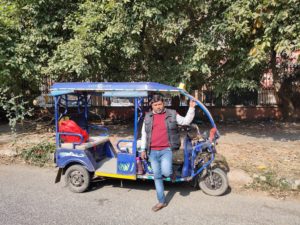
Shankar was told by the seller that he would get a subsidy of Rupees 30,000 from the Delhi government when he registered his e-rickshaw with the transport department but even after registering his vehicle he did not receive the subsidy.
Earlier Shankar* used to work as a driver earning a fixed salary of 18,000 a month. Now, however, he earns somewhere between 300-500 rupees per day. If he is lucky he can earn upto 600 rupees a day but rarely does he earn more than that, this in turn makes it even more difficult to manage the expenses and the upkeep of the e-rickshaw.
Rakesh, another e-rickshaw driver, used to work as a security guard in a residential society in Dwarka. Six years ago he bought his own e-rickshaw thinking it would be better to do something of his own rather than be dependent on others. He paid one lakh for the e-rickshaw.
Talking to Patriot, he informs that he was told about the subsidy scheme of the government by the sellers themselves. They helped him fill the form with all his details and even submitted the form in the transport department on his behalf. However it took almost three years after buying the rickshaw for the subsidy to be credited to him. He says, “After buying the rickshaw I got involved in my work and did not bother to follow up about the subsidy I was supposed to receive.
However, after some time the other rickshaw owners told him that they had received their subsidies. He went to the zonal transport department in Dwarka sector 10 to check if his name was on the list of beneficiaries of the scheme. “They asked for the RC and after I showed them that they confirmed that my name is there in the list,” he informs.
The department, though, did not tell Rakesh why he had not received his subsidy so he had to visit the Rajpura state transport authority. There he got to know the form with his name had an incorrect account number, that’s the subsidy not credited. Rakesh says, “they asked me to fill a new form with all the correct details, I filled the form and submitted it there. Then after a week I finally received a subsidy of Rupees 30,000.”
According to Delhi’s government transport department, there are 13,301 cases pending for subsidy. As per the document, the owners of these vehicles need to submit their bank account details along with their Aadhar to get their subsidies cleared. Further, as per the transport department’s website, the Delhi Pollution Control Committee has released subsidies for 14230 e-rickshaw owners, while a list of 18453 e-rickshaw subsidy cases has been sent to the bank by the transport department.
“The subsidy would at least give some sort of relief. The government should ensure that everyone gets it on time” says Shankar as he rides off.
(Cover: E-rickshaw drivers have to wait in long lines for passengers on a daily basis, to earn Rs 400-500 everyday PHOTOS: Kshitij Kumar Ojha)

